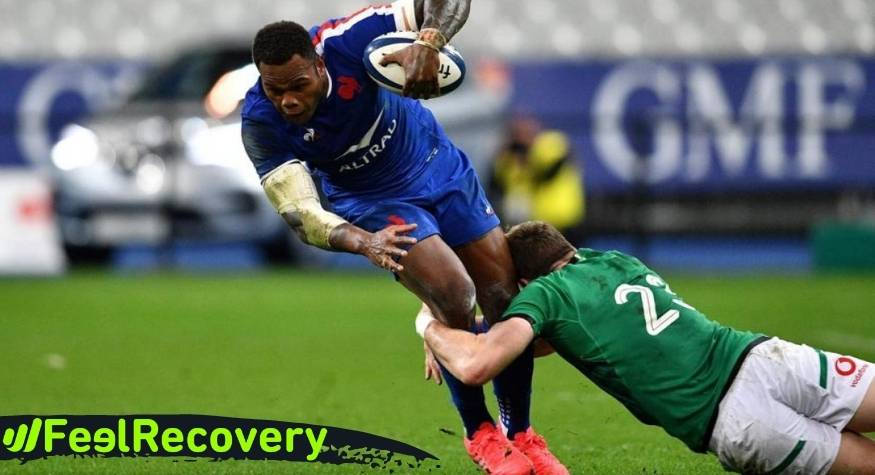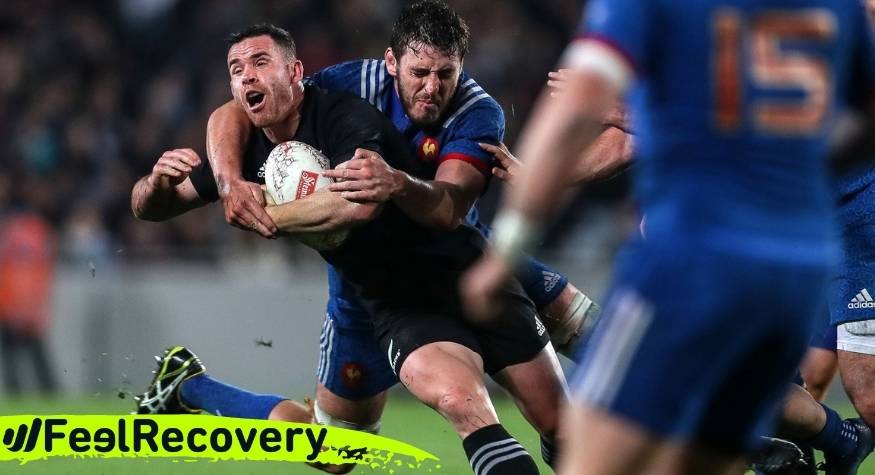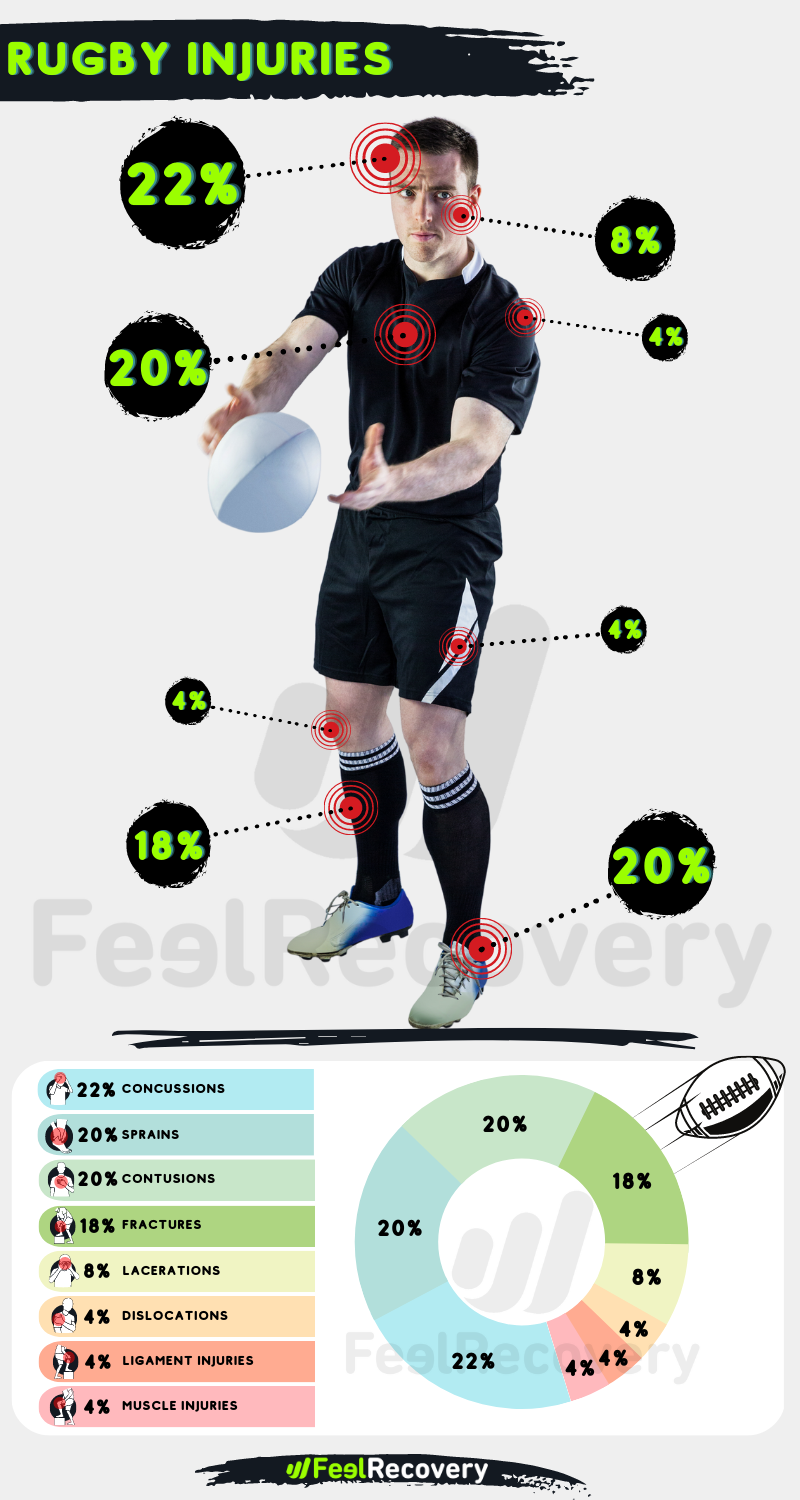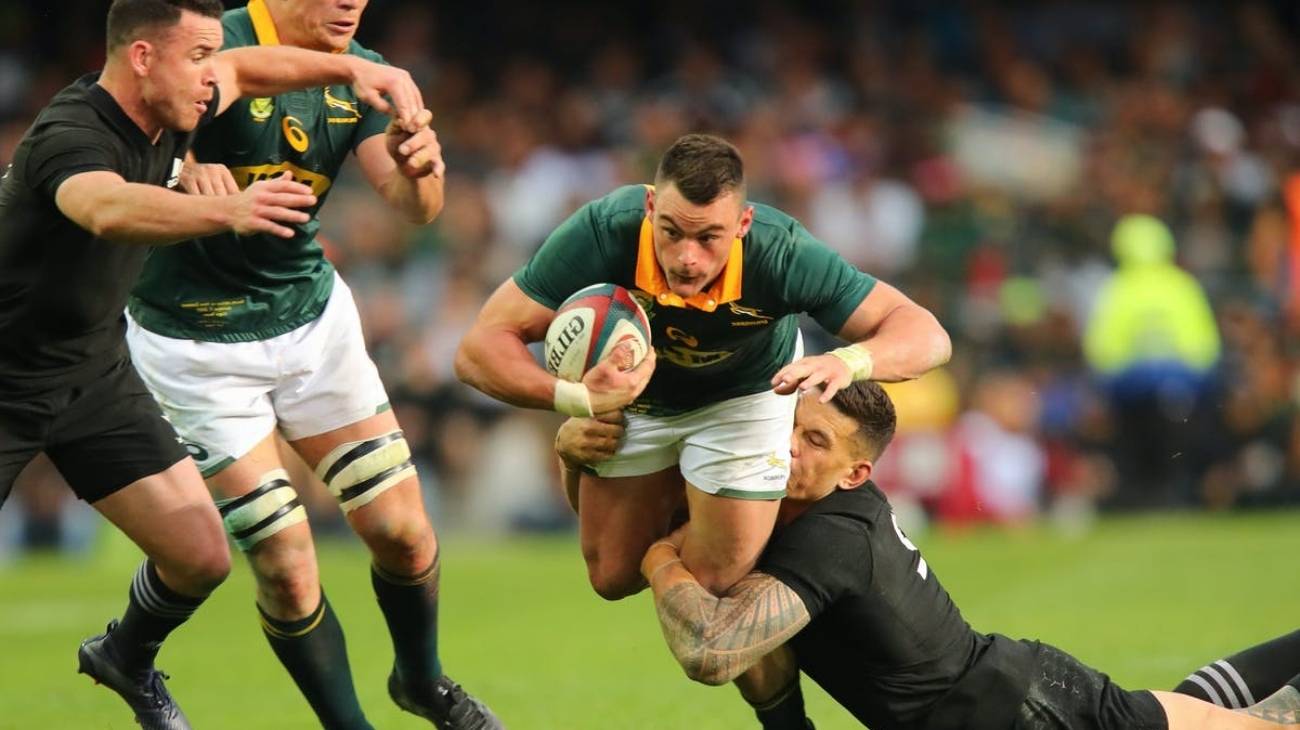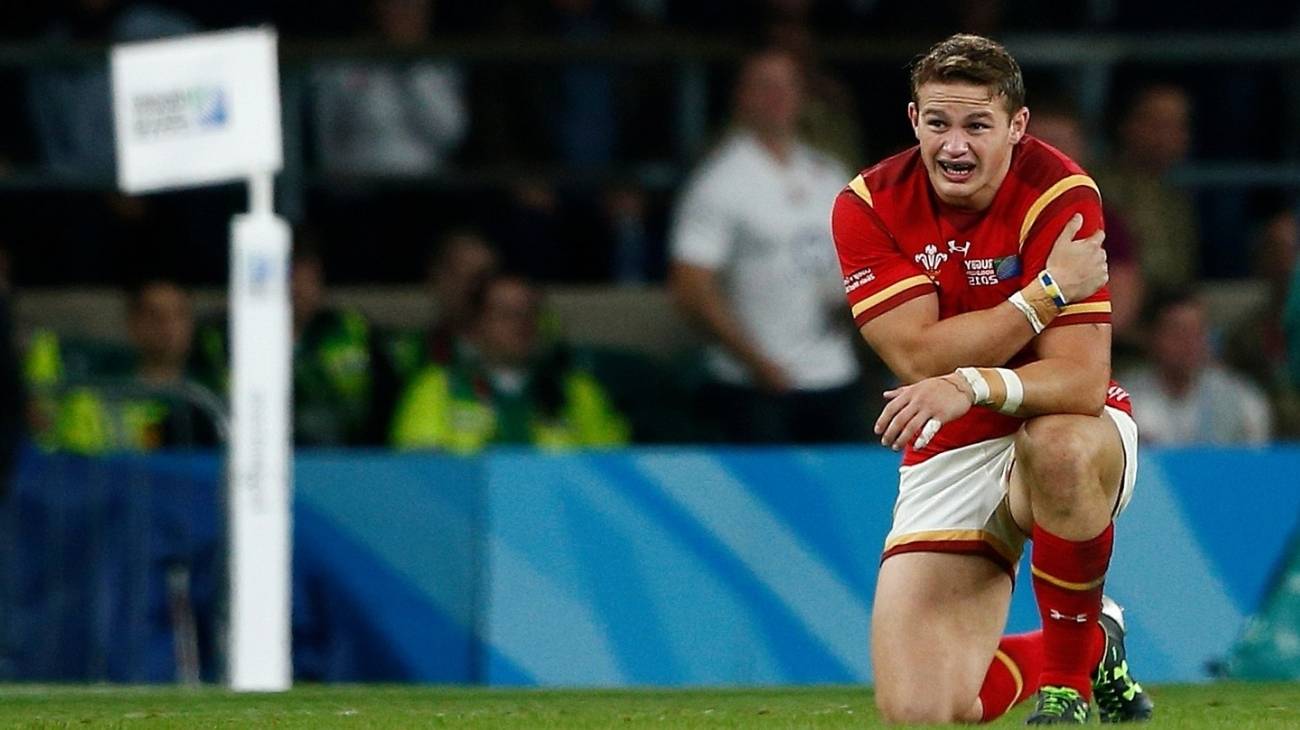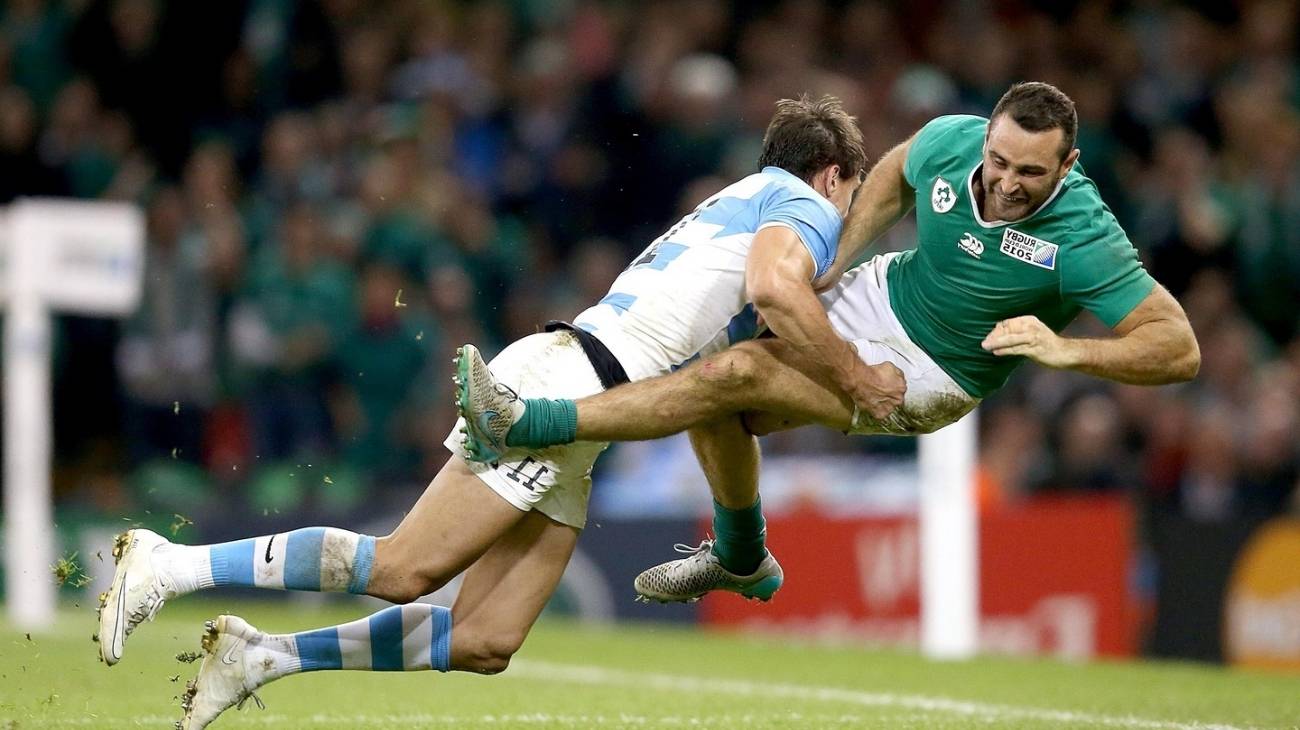Injuries in rugby are very common and are due to the tough and rugged nature of this contact sport. Over the years, treatment protocols have been developed and used to manage injuries correctly. Players have become familiar with each of the injuries so that they know how they can be assessed and treated.
Minor injuries can be treated using the PRICE therapy. In addition, there are other types of treatment for more serious rugby sports injuries, such as surgery. Read on to find out more about these effective treatments for these types of injuries.
What are the most common types of injuries when playing rugby?
Before we look at the treatment of sports injuries in rugby we will give a summary of the main rugby injuries. Rugby injuries are the result of strength, training, poor technique and lack of physical preparation.
Most of these injuries affect the head, neck, shoulder, hands, knees and ankles:
- Concussion: This is considered the most serious injury in rugby and is the result of direct trauma to the head. A player with a concussion can be rendered completely unconscious and develop many brain complications. It is important to be alert to the presence of dizziness, headaches, memory and balance problems.
- Head injuries: These are very common on the face, scalp and nose and are basically the result of a lack of protective equipment. Their frequency has decreased as helmets are now compulsory for all players.
- Muscle contractures and tears in the neck: These are due to the effort that players usually make during the melee. They tend to hyperextend the neck, which puts excessive stress on the muscles in this area. These injuries can cause pain of varying intensity and muscle stiffness.
- Vertebral disc prolapse: This is another rugby injury that is quite common among players. They are caused by the high impact of the sudden and strong movements of this sport. This causes the intervertebral discs to shift and cause spinal cord or nerve compression. Characteristic symptoms are pain with hypersensitivity, swelling and marked stiffness.
- Cervical vertebral fractures: This is a very serious injury and is described as a partial or complete breakage of the bones of the vertebrae. They are mostly caused by a hard and spectacular fall where there is a direct impact on the neck. This injury causes immediate severe pain, instant swelling, fragility, stiffness or instability of the neck.
- Shoulder dislocations: These usually occur after players fall while keeping their arm turned outwards. This facilitates extreme strain of the rotator cuff tendons causing the humeral head to pop out. Dislocation or dislocation causes immediate pain, inability to move the arm, swelling and inflammation.
- Acromioclavicular joint sprain: This injury occurs after sudden and forceful falls on the man with the arm outstretched. This results in a strain or tear of the ligaments, which may lead to limitation of arm movement and stiffness.
- SLAP lesion: This is a strain or tear of the labral fibrocartilage that surrounds the junction of the humeral head with the glenoid socket. It is caused by overloading the joint by excessive overhead motion or direct trauma. It presents as non-specific pain in the shoulder accompanied by stiffness, weakness, instability and clicking.
- Clavicle fracture: Clavicle fractures are caused by the forceful impact of falls on the shoulder of players. This trauma causes a break that can be partial or total at the level of this bone. They can cause an increase in volume, intense pain and the inability to move the shoulder.
- Hand, wrist and finger fractures: The bones of the hand are very easy to injure in rugby because of the force involved in their movements. These bones being so small and fragile are more prone to breakage. Hand fractures result in severe pain, numbness, inability to close, open, flex or extend the hand, stiffness and occasionally bruising.
- Patellar tendonitis: This is an overuse injury characteristic of rugby players. It is characterised by micro-tears in the patellar tendon with subsequent scarring and inflammation. The pain is initially mild and worsens over days, accompanied by stiffness, local swelling and weakness of the leg.
- Meniscal tears or ruptures: These are caused by the impact on the knees when running and making sharp turns or rotations. The constant friction causes deterioration, tears or breaks in the articular cartilage. Symptoms are gradual and worsen over time causing pain, swelling and stiffness in the knee.
- Anterior cruciate ligament injury: This is often the injury of most concern to rugby players and involves a partial or complete tear of the ligament. It is commonly caused by running with sudden stops, jumping and landing with the feet or changing direction abruptly. Players report hearing a loud popping sound, accompanied by intense pain, swelling and stiffness.
- Collateral ligament injury: The medial and lateral collateral ligaments are injured by abrupt movements when the knee is pushed to the side. In rugby, lateral collisions can occur between players and are responsible for this injury. It causes severe pain in the sides of the knees, instability and instantaneous swelling.
- Ankle sprain: Ankle sprains are defined as a strain or tear of the ankle ligaments. It is caused by loss of balance or sudden movements that twist the ankle inwards or outwards. Depending on the damage to these ligaments, it can cause pain, swelling, functional limitation, bruising and instability.
Best products for rugby injury recovery
Bestseller
-
2 Calf Compression Sleeve (Black/Gray)
£17,50 -
2 Calf Compression Sleeve (Green/Navy)
£17,50 -
2 Calf Compression Sleeve (Pink/Bordeaux)
£17,50 -
2 Knee Compression Sleeve (Black/Gray)
£17,50 -
2 Knee Compression Sleeve (Green/Navy)
£17,50 -
2 Knee Compression Sleeve (Pink/Bordeaux)
£17,50 -
2 Thigh Compression Sleeve (Black/Gray)
£17,50 -
2 Thigh Compression Sleeve (Green/Navy)
£17,50 -
2 Thigh Compression Sleeve (Pink/Bordeaux)
£17,50 -
Acupressure Mat and Pillow (Black/Gray)
£44,95 -
Acupressure Mat and Pillow (Green/Navy)
£44,95 -
Acupressure Mat and Pillow (Pink/Bordeaux)
£44,95 -
Acupressure Pillow (Black/Gray)
£21,52 -
Acupressure Pillow (Green/Navy)
£21,52 -
Acupressure Pillow (Pink/Bordeaux)
£21,52 -
Back Support Belt (Black)
£29,95 -
Back Support Belt (Green)
£29,95 -
Back Support Belt (Pink)
£29,95 -
Foot Massage Roller for Plantar Fasciitis (Black)
£17,50 -
Foot Massage Roller for Plantar Fasciitis (Green)
£17,50 -
Foot Massage Roller for Plantar Fasciitis (Pink)
£17,50 -
Gel Eye Mask for Puffy Eyes (Gold/Black)
£9,95 -
Gel Eye Mask for Puffy Eyes (Orange/Pink)
£9,95 -
Gel Eye Mask for Puffy Eyes (Purple/Turquoise)
£9,95 -
High Density Foam Roller for Muscle (Black/Gray)
£24,95 -
High Density Foam Roller for Muscle (Green/Navy)
£24,95 -
High Density Foam Roller for Muscle (Pink/Bordeaux)
£24,95 -
Ice Massage Roller Ball (Black)
£34,95 -
Ice Massage Roller Ball (Green)
£34,95 -
Ice Massage Roller Ball (Pink)
£34,95 -
Microwave Wheat Bag for Back Pain Relief (Extra Large) (Hearts)
£25,50 -
Microwave Wheat Bag for Back Pain Relief (Extra Large) (Oxford)
£25,50 -
Microwave Wheat Bag for Back Pain Relief (Extra Large) (Sport)
£25,50 -
Microwave Wheat Bag for Neck & Shoulder Pain Relief (Hearts)
£21,50 -
Microwave Wheat Bag for Neck & Shoulder Pain Relief (Oxford)
£21,50 -
Microwave Wheat Bag for Neck & Shoulder Pain Relief (Sport)
£21,50 -
Microwave Wheat Bag for Neck Pain Relief (Hearts)
£17,50 -
Microwave Wheat Bag for Neck Pain Relief (Oxford)
£17,50 -
Microwave Wheat Bag for Neck Pain Relief (Sport)
£17,50 -
Pack 2 in 1: Foam Roller High + Soft Density (Black/Gray)
£24,95 -
Pack 2 in 1: Foam Roller High + Soft Density (Green/Navy)
£24,95 -
Pack 2 in 1: Foam Roller High + Soft Density (Pink/Bordeaux)
£24,95 -
Shoulder Support Brace (Black)
£21,95 -
Shoulder Support Brace (Green)
£21,95 -
Shoulder Support Brace (Pink)
£21,95 -
Soft Density Foam Roller for Recovery (Black)
£24,95 -
Soft Density Foam Roller for Recovery (Green)
£24,95 -
Soft Density Foam Roller for Recovery (Pink)
£24,95 -
Trigger Point Massage Stick (Black)
£12,95 -
Trigger Point Massage Stick (Green)
£12,95 -
Trigger Point Massage Stick (Pink)
£12,95
How to apply the RICE therapy to treat first aid injuries in rugby?
When injuries occur in rugby matches or practices, a trained sports medicine team must be available. But sometimes even the players themselves are the ones who must treat injuries with first aid using the RICE therapy. This comprises a series of procedures and techniques used to treat minor injuries in sport.
The RICE therapy has been updated to the PRICE therapy , but the former is still the most widely used and best known. The meaning of PRICE stands for Protection, Rest, Ice, Compression and Elevation. These are the steps to follow in case of rugby injuries:
- Protection: The initial step is to protect the injured area to protect it from further injury and complications. Rugby players can use elastic bandages, joint supports, orthoses and so on.
- Rest: Relative rest should be started for the first 2 or 3 days at the most where movement should be avoided. Subsequently, activity and movement of the injured area should be initiated to avoid joint muscle stiffness.
- Ice: Then start applying cold compresses or gel-filled packs for 20 minutes every 2 hours for the first 3 days. This will serve to reduce inflammation and pain thanks to its anti-inflammatory and analgesic properties. Remember not to apply ice directly to the skin as this can cause damage.
- Compression: The injured area should also be compressed to help contain swelling, swelling and pain. It is best to use a compressive bandage that is not excessive to avoid reducing circulation. It is important that the fingers can slide easily under the bandage.
- Elevation: Finally, techniques should be reinforced by implementing elevation of the affected area 30 cm above the level of the heart. This increases venous return ensuring further reduction of swelling and pain.
Surgical treatments for severe or chronic injuries in rugby players
Treatments for sports injuries in rugby will depend on the severity of the injuries that occur. In the case of serious or chronic injuries, surgical treatments should be used to improve the physical condition of the players. The most common surgeries for injury-prone areas of the body include:
Neck injuries
Neck injuries are very common due to the amount of rough movements during play. In addition, the neck is a very susceptible area because it is a very exposed area with many important and fragile structures. The most frequent injuries in this area are vertebral fractures, herniated or prolapsed vertebral discs and muscle contractures.
The most commonly used surgical treatments include:
- Laminoforaminotomy: This is used to repair compression of the vertebral discs of the cervical spine. It specifically decompresses and repairs spinal nerve damage and is very useful for removing bone particles from spurs.
- Fusion surgery: This surgery is used to repair cervical vertebral fractures and instability. Surgeons use bone synthesis devices such as stainless steel plates to provide greater strength and stability.
Shoulder injuries
The shoulder is often an area that is badly affected by the number of collisions that occur during the game of rugby. Players receive direct impacts or suffer serious falls on the shoulder which often lead to injuries in this area. Among the most common are shoulder dislocations, clavicle fractures, acromioclavicular sprains and SLAP injuries.
Surgical procedures that resolve these injuries include:
- Open shoulder repair surgery: Although it is not the most commonly used surgery at present, in many cases it is necessary. It involves making a few small incisions a few centimetres long where the damaged structures are approached. It is used for the repair of very complex injuries or for the transfer of tissues such as tendons.
- Arthroscopic shoulder surgery: This is the simplest and quickest shoulder joint surgery. It is minimally invasive and very useful as small incisions are made through which the arthroscope is inserted. This device makes it possible to visualise all the damaged structures in the joint and repair them effectively.
Knee injuries
Knees are also one of the most common areas of headache for rugby players. The impact and wear and tear from running, jumping, changes of direction and collisions between players causes many injuries. Among the most common are knee tendonitis, meniscal tears and ligament injuries.
The most effective surgical treatments are:
- Open knee repair surgery: This involves a large incision in the knee that allows visualisation of the damaged structures of the knee. It is very useful when more complex and extensive meniscal and ligament repairs are required. Although very useful, the recovery process is much slower and can lead to infectious complications more easily.
- Arthroscopic knee repair surgery: This is the best option for partial or total reconstruction and repair of damaged knee joint structures. It is a minimally invasive procedure and ensures a fairly quick recovery period. It only requires minimal incisions through which the arthroscope is inserted to visualise and repair damaged cartilage, tendons and ligaments.
References
- Kaplan, K. M., Goodwillie, A., Strauss, E. J., & Rosen, J. E. (2008). Rugby injuries. Bulletin of the NYU hospital for joint diseases, 66(2), 86-93. https://www.safetylit.org/citations/index.php?fuseaction=citations.viewdetails&citationIds[]=citjournalarticle_88090_11
- Freitag, A., Kirkwood, G., Scharer, S., Ofori-Asenso, R., & Pollock, A. M. (2015). Systematic review of rugby injuries in children and adolescents under 21 years. British journal of sports medicine, 49(8), 511-519. https://bjsm.bmj.com/content/49/8/511.short
- Bottini, E., Poggi, E. J. T., Luzuriaga, F., & Secin, F. P. (2000). Incidence and nature of the most common rugby injuries sustained in Argentina (1991–1997). British Journal of Sports Medicine, 34(2), 94-97. https://bjsm.bmj.com/content/34/2/94.short
- Gibbs, N. (1994). Common rugby league injuries: recommendations for treatment and preventative measures. Sports Medicine, 18, 438-450. https://link.springer.com/article/10.2165/00007256-199418060-00007
- Carson, J. D., Roberts, M. A., & White, A. L. (1999). The epidemiology of women's rugby injuries. Clinical Journal of Sport Medicine, 9(2), 75-78. https://journals.lww.com/cjsportsmed/abstract/1999/04000/the_epidemiology_of_women_s_rugby_injuries.6.aspx
- Quarrie, K. L., & Hopkins, W. G. (2008). Tackle injuries in professional rugby union. The American journal of sports medicine, 36(9), 1705-1716. https://journals.sagepub.com/doi/abs/10.1177/0363546508316768
- Quarrie, K. L., Cantu, R. C., & Chalmers, D. J. (2002). Rugby union injuries to the cervical spine and spinal cord. Sports Medicine, 32, 633-653. https://link.springer.com/article/10.2165/00007256-200232100-00003
- Brooks, J. H., Fuller, C. W., Kemp, S. P., & Reddin, D. B. (2006). Incidence, risk, and prevention of hamstring muscle injuries in professional rugby union. The American journal of sports medicine, 34(8), 1297-1306. https://journals.sagepub.com/doi/abs/10.1177/0363546505286022
- Silver, J. R., & Stewart, D. (1994). The prevention of spinal injuries in rugby football. Spinal Cord, 32(7), 442-453. https://www.nature.com/articles/sc199471
- Newton, D., England, M., Doll, H., & Gardner, B. P. (2011). The case for early treatment of dislocations of the cervical spine with cord involvement sustained playing rugby. The Journal of Bone and Joint Surgery. British volume, 93(12), 1646-1652. https://boneandjoint.org.uk/article/10.1302/0301-620X.93B12.27048

